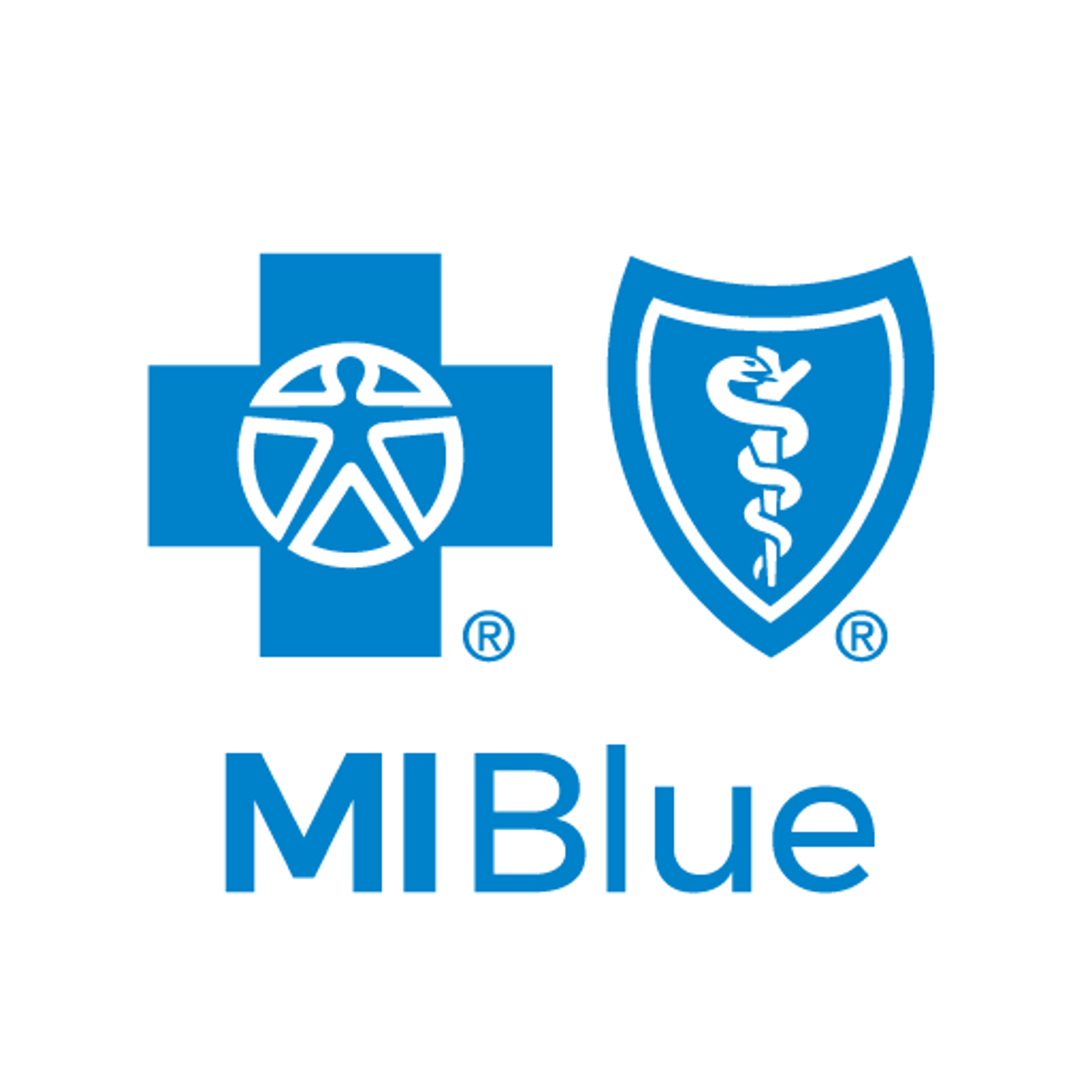
Approximately 84 million adults are living with prediabetes in the United States. Of those, only 10% are aware of their condition. With November being National Diabetes Month, it’s important to discuss the risks and preventive measures to help combat the disease.
What is Prediabetes?
Prediabetes, also known as Impaired Glucose Tolerance, occurs when blood sugar levels are higher than normal but not high enough to be classified as type 2 diabetes. The body has an irregular insulin response, which causes the pancreas to compensate by overproducing the hormone. It’s an unsustainable process that leads to a continuous rise in blood sugar and eventually, prediabetes.
Who is at Risk?
There are uncontrollable risk factors, such as one’s race or ethnicity. African Americans, Hispanic Americans, Native Americans, Pacific Islanders and Asian Americans are more likely to develop prediabetes than their white counterparts. Also, women who’ve had gestational diabetes during pregnancy, polycystic ovary syndrome or given birth to a baby over nine pounds are at increased risk. Other factors include age (specifically individuals over 45), gender and a family history of type 2 diabetes.
How is it Diagnosed?
Since few symptoms are associated with prediabetes, a blood glucose test is required for an accurate diagnosis. There are three prominent methods used to identify the condition:
- Fasting Plasma Glucose Test (FPG): Also known as a fasting blood sugar test, this produces the most accurate and easy-to-read results. It’s administered after an individual has fasted for eight to 12 hours. The prediabetes range is between 100 and 125 mg/dL.
- HbA1C Test: Calculates the average blood sugar level of an individual over a three-month period. Since hemoglobin (red blood cells) live for 90 days, the excess blood sugar will attach to them giving a higher reading. Prediabetes ranges from 5.7% to 6.4% on the A1C scale.
- Oral Glucose Tolerance Test (OGTT): OGTT illustrates how well the body processes sugar. Like the FPG test, it requires a brief fasting period and a blood sample to establish a base. Then, the patient consumes a sugary beverage and waits two hours before another sample is drawn. A prediabetic result will fall between 140 and 199 mg/dL.
Can Prediabetes be Prevented?
The best way to reduce the risk of prediabetes is to maintain a healthy lifestyle. This includes eating a nutrient-rich portion-controlled diet, getting adequate rest, regular exercise, stress management, tobacco cessation and alcohol in moderation. One can start by:
- Consuming Glucose-Regulating Foods: Purple and red fruits, such as berries and grapes, have anti-inflammatory properties that lower insulin resistance and improve blood glucose regulation. Green leafy vegetables, like spinach and cabbage, can reduce the risk of type 2 diabetes by up to 14%.
- Increasing Physical Activity: One should engage in moderate movement, such as brisk walking for at least 30 minutes a day, five days a week. Regular physical activity helps to promote the body’s natural insulin production.
- Losing 5% to 7% of Body Weight: Reducing one’s body weight can lower the risk of developing type 2 diabetes by 58%. This can be accomplished through a healthier diet and regular exercise.
- Practicing Portion Control: Enjoy a well-balanced meal plan that includes fruits, vegetables, lean protein, heart-healthy fats and complex carbohydrates. Limit overeating and watch intake of added sugars and empty calories, such as processed baked goods and fried foods.
- Seeing a Doctor: Regular checkups are crucial for identifying prediabetes and type 2 diabetes. Aside from early detection, a physician can formulate a strategy to stop further development. Their involvement is vital to assessing and reversing the effects of both conditions.
Blue Cross Blue Shield of Michigan is supporting members with digital counseling tools to learn how they can make small, sustainable changes to their eating habits, activity, sleep and stress in order to better manage their diabetes diagnosis. Self-funded employers whose benefits are administered by Blue Cross have access to Omada Health online health counseling, and 24/7 support from the American Association of Diabetes Educators through the Livongo mobile app. The Livongo app connects users with coaching resources and helps them track their blood glucose readings with graphs and insights.
If you found this post helpful, you might also benefit from reading:
- Top 5 Myths About Diabetes
- Type 2 Diabetes: Myth vs. Fact
- Translating Diabetes Prevention to an At-Risk Population
Photo credit: DGLimages






